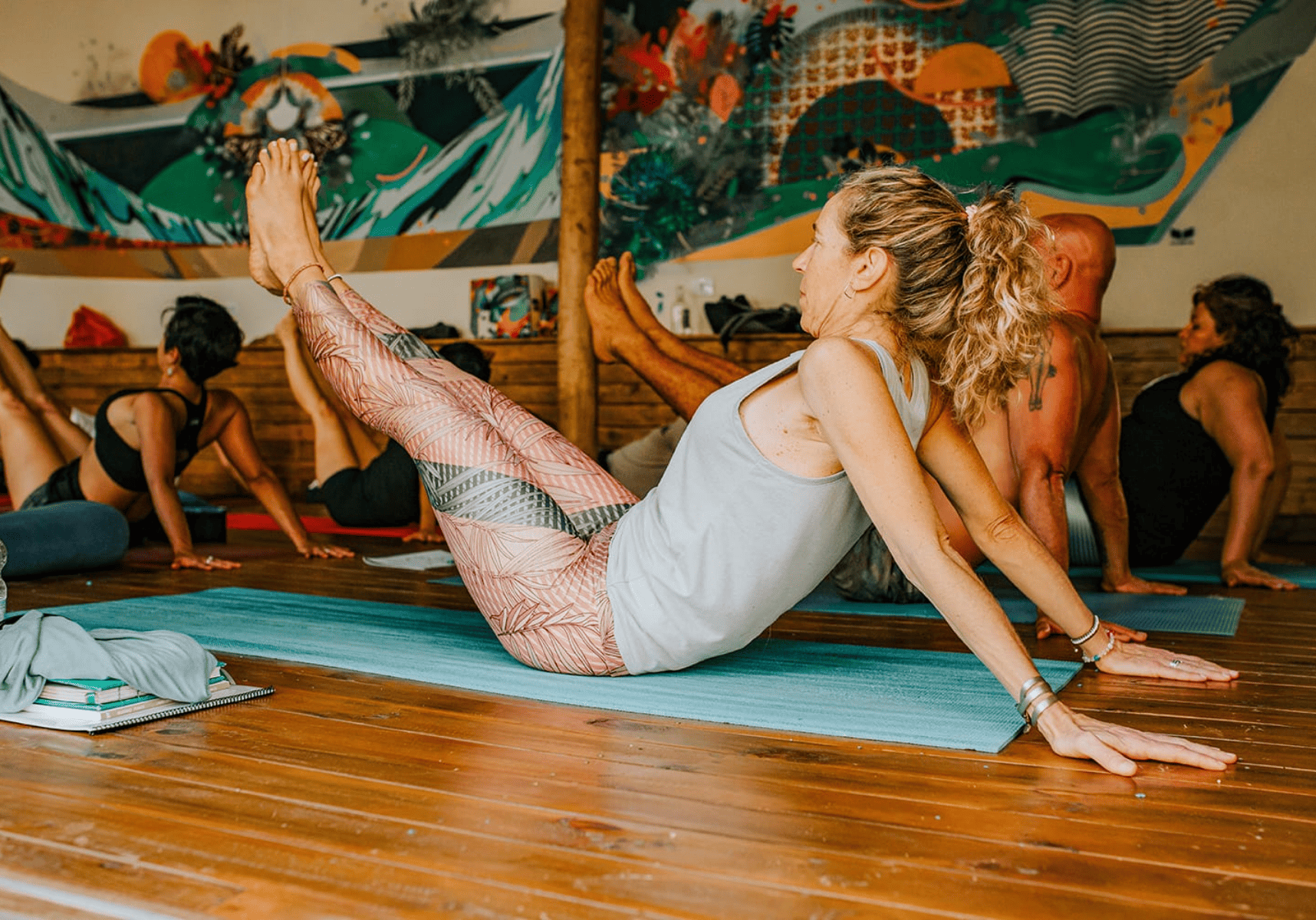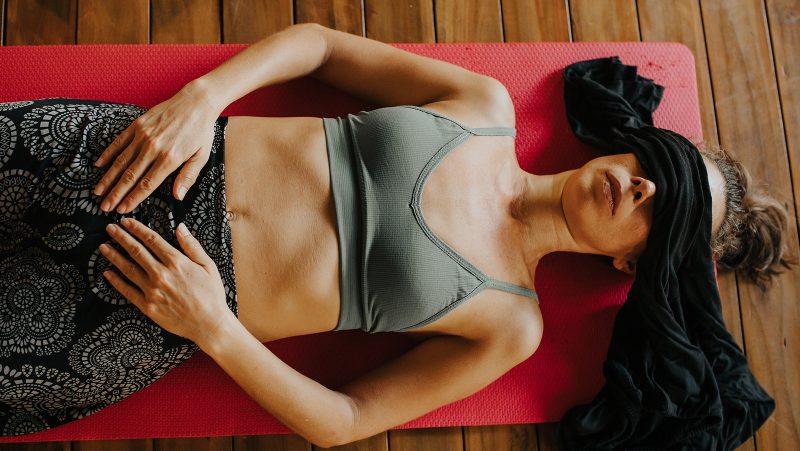
Unlocking Longevity
“The Surprising Secret to a Healthier, Happier Life" - By Peter Crass
Reading time: 4 minutes
Discover the unexpected key to a longer, healthier life beyond 60. It's not genetics or diet, but something far more fundamental.
- Lung Capacity Matters: Recent research reveals that lung capacity is a powerful determinant of longevity, even more so than genetics, diet, or exercise habits. As we age, our lungs often decline in efficiency, leading to various health issues.
- Decline in Lung Function: Between the ages of 35 and 50, lung capacity decreases by about 12%, and this decline accelerates with age, particularly in women. By age 80, individuals may be taking in 30% less air than in their 20s, leading to chronic health problems like high blood pressure and immune disorders.
- Aging Can Be Reversed: The good news is that aging doesn't have to be a one-way path of decline. Engaging in moderate exercise and practicing GPBALANCE, which includes conscious breathing and breath-holding exercises, can increase lung size by up to 15%. This improvement in lung function can lead to a healthier and more vibrant life, defying the conventional narrative of age-related decline.
In 1947, the global average lifespan was only 45 years. Today it stands at approximately 83. However, in many cases, the “health-span” for seniors is not keeping pace with the increased lifespans. While lifespans represent the years lived from birth to death, the concept of health-span is how long individuals can maintain good health. Sadly, most people over the age of 60 grapple with multiple health issues.
Surprisingly, recent research has unveiled a powerful determinant of longevity that isn't genetics, diet, cholesterol levels, blood pressure, smoking, obesity, alcohol consumption, sleep patterns, stress, or daily exercise - it is lung capacity. The smaller and less efficient lungs become, the quicker people get sick and die. As we age, we are expected to lose memory, mobility, and muscle strength, but we often overlook the decline in our ability to breathe optimally. Factors such as the thinning and reshaping of chest bones leading to inward collapsing rib cages and the weakening of essential respiratory muscles like the diaphragm contribute to this reduction in lung capacity.
Between the ages of 35 and 50, our lung capacity decreases by roughly 12%, and this decline accelerates as we grow older, with women faring worse than men. By the time we reach 80, we may be taking in 30% less air than we did in our 20s, necessitating faster and harder breathing, which can result in chronic health issues like high blood pressure, immune disorders, and anxiety.
However, aging does not have to be a one-way path of decline. Our internal organs, including our lungs, are malleable and can be positively influenced at almost any stage of life. Engaging in moderate exercise such as walking and cycling, as well as the practice of GPBALANCE, created by Gustavo Ponce, has demonstrated the potential to increase lung size by up to 15%. GPBALANCE incorporates yoga asanas and respiration techniques that aid in hormonal balance. In GPBALANCE, conscious breathing and breath-holding exercises significantly enhance lung capacity. When our lungs function optimally, they efficiently transfer oxygen from the air we breathe into our bloodstream, where it is then distributed to our body's cells and organs, expelling excess carbon dioxide during exhalation. This fundamental improvement in lung function can contribute to a healthier and more vibrant life, defying the conventional narrative of age-related decline.








